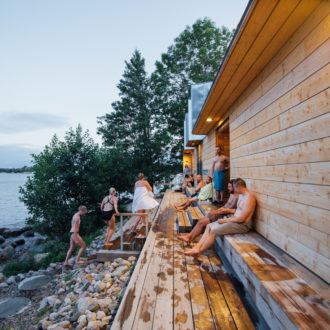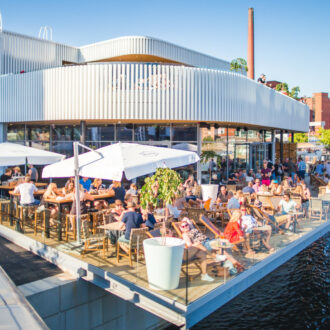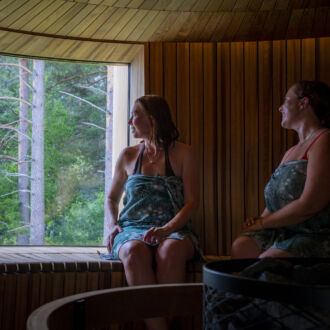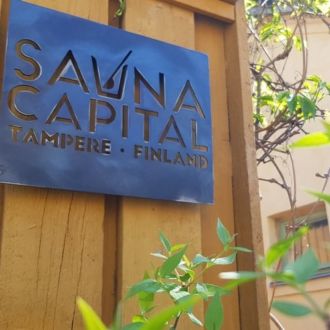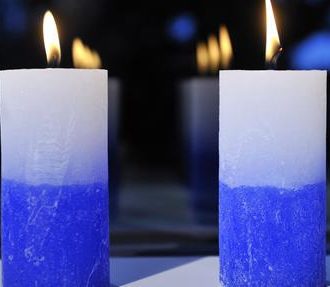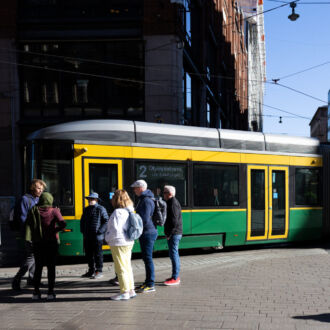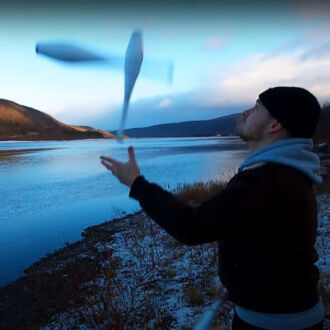For the Finnish architect Sami Rintala, the joy of a good sauna is all about extremes.
“It’s about changing from hot to cold and how that is good for your mind,” he says, describing the appeal of one of his favourite pastimes.
Extremes are also at the heart of Rintala’s approach to designing saunas, something that is keeping his Norway-based architecture practice, Rintala Eggertsson, busy as different nationalities get the bug for this most Finnish of activities.
“Sauna architecture is about contrasts and primal values,” says Rintala. “You are working with elemental things: dark and light, cold and warm, private and public space.”
An unofficial sauna ambassador
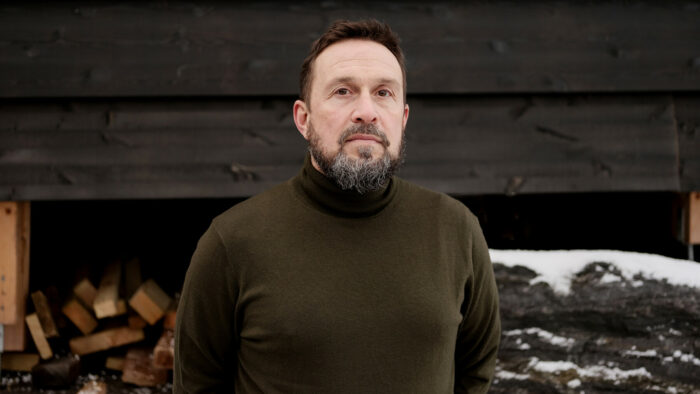
Photo: Dan Mariner
Since moving to Norway 20 years ago and working on a variety of sauna projects, Rintala has become an ambassador of Finnish sauna culture.
“As a Finn living abroad, you become an ambassador of your culture,” he says. “There could be worse things, because I really love sauna and bathing.”
In addition to Finland and Norway, Rintala’s firm has also designed saunas in the UK, and is working on projects in Romania and Japan at the time of writing. The Finnish Sauna, which Rintala designed for the 2022 London Festival of Architecture with students from the University of Westminster and support from the Finnish Institute, is now located on the Isle of Wight.
Similar wooden sauna huts are popping up all over the UK, from Brighton and Folkestone to the beaches of Pembrokeshire in Wales. The British Sauna Society says 73 such saunas are operating in the UK, mostly at beaches or lakes, up from 49 a year earlier. The increase has been fuelled by the growth of interest in wild swimming and healthy living.
Phone-free zones
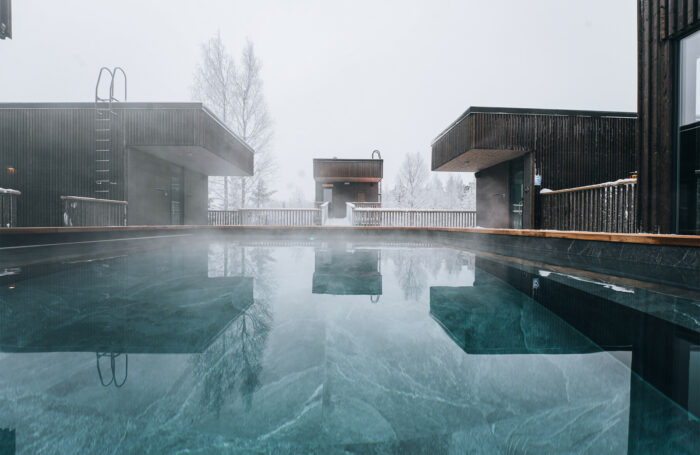
Sami Rintala’s firm designed a hilltop hotel, sauna and spa complex at Tahko, a ski resort in eastern Finland.Photo: Rintala Eggertsson Architects
Although the oldest public sauna still in use in Finland was built in 1906 in Pispala, Tampere, historians believe sauna culture got going around 10,000 years ago. The earliest saunas were pits dug into the ground with a pile of stones at the bottom, heated by a campfire. Where Finland differs from other countries is that its early inhabitants never swayed from their love of sauna.
“People living in Finland needed saunas because of the climate,” says Rintala. “Plus, with so many forests, there was always wood to build them and firewood to burn.”
He thinks people also crave somewhere to escape from the encroachment of technology, and saunas are phone-free zones: “Maybe saunas are the only place where people can really talk without phones disturbing their conversations.”
He fires up his home sauna almost daily to sit and chat with his wife and 19-year-old son.
“We have the best discussions there,” he says.
Sauna beats shopping centres
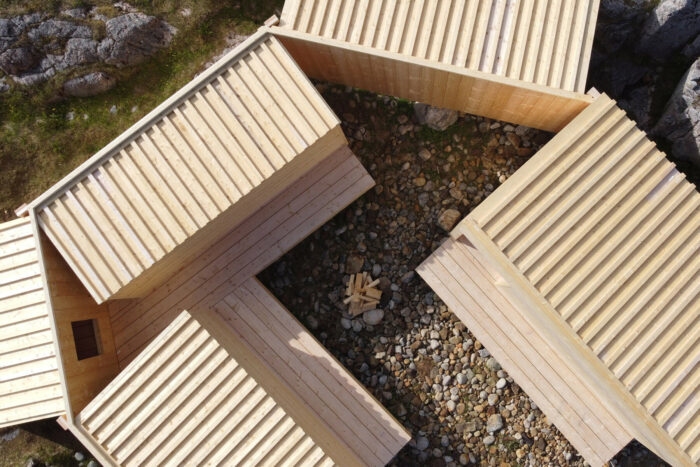
Sami Rintala helped design a cluster of shelter and sauna buildings on Kalsholmen, a remote island off the coast of Norway.Photo: Rintala Eggertsson Architects
A desire for social cohesion is reviving demand for public saunas, which fell out of favour as more people opted for private saunas.
“Public saunas are a meeting place,” says Rintala, adding that 20 years ago there were only two or three public saunas in Helsinki compared to more than 20 today. The best-known is Löyly, which is Finnish for “sauna steam,” a six-million-euro public sauna that opened in 2016, designed by architects Anu Puustinen and Ville Hara of Avanto.
When temperatures are Arctic outside, there are few places to meet and socialise without buying anything. Rintala makes a comparison with a shopping centre:
“It’s much nicer to hang around chatting in a sauna where you are buying an experience rather than something material.”
Keep it simple
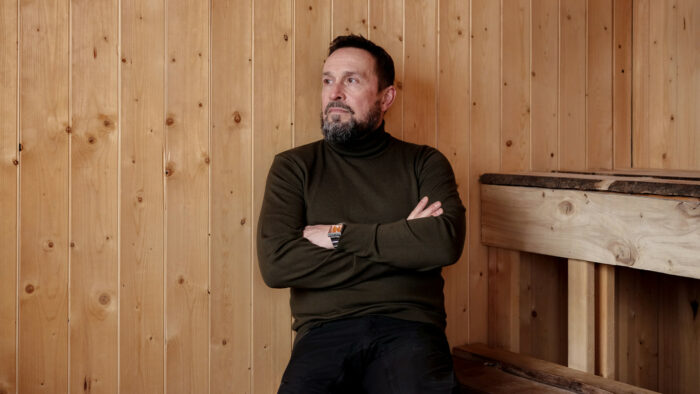
Photo: Dan Mariner
His advice for anyone working on a public sauna project is to keep things simple.
“If you want to make a sauna accessible for lots of people, make very simple bathing structures that are very cheap to use and to maintain,” he says. “There are no rules, other than to create a good bathing experience.
“One thing everyone should understand is that saunas are very humid, so it’s important to keep heating them after use so they can dry out. When it’s minus 20 degrees Celsius (minus 4 degrees Fahrenheit) in the winter, you need to dry the wood before it freezes.”
His top tip is to keep windows small and forget about having a view: “Very large windows will ruin the correlation of the oven and the room. Plus, the bigger the window, the bigger the oven you will need. Views aren’t important. A sauna is a room where you close off the world to understand yourself and other people better. You can go out and see the landscape afterwards.”
And remember the food.
“Food and drink are important to the sauna experience,” Rintala says. “I like sauna evenings with friends. A perfect evening is about being in the sauna as long as possible and having your dinner afterwards. What you eat is personal, like what you wear, but I like a cold beer and some salty meat: you have everything you need.”
By Susie Mesure, ThisisFINLAND Magazine, June 2025
